Deep Time, Dark Time and Night Time – reflections on an inland NSW trip, July 2020

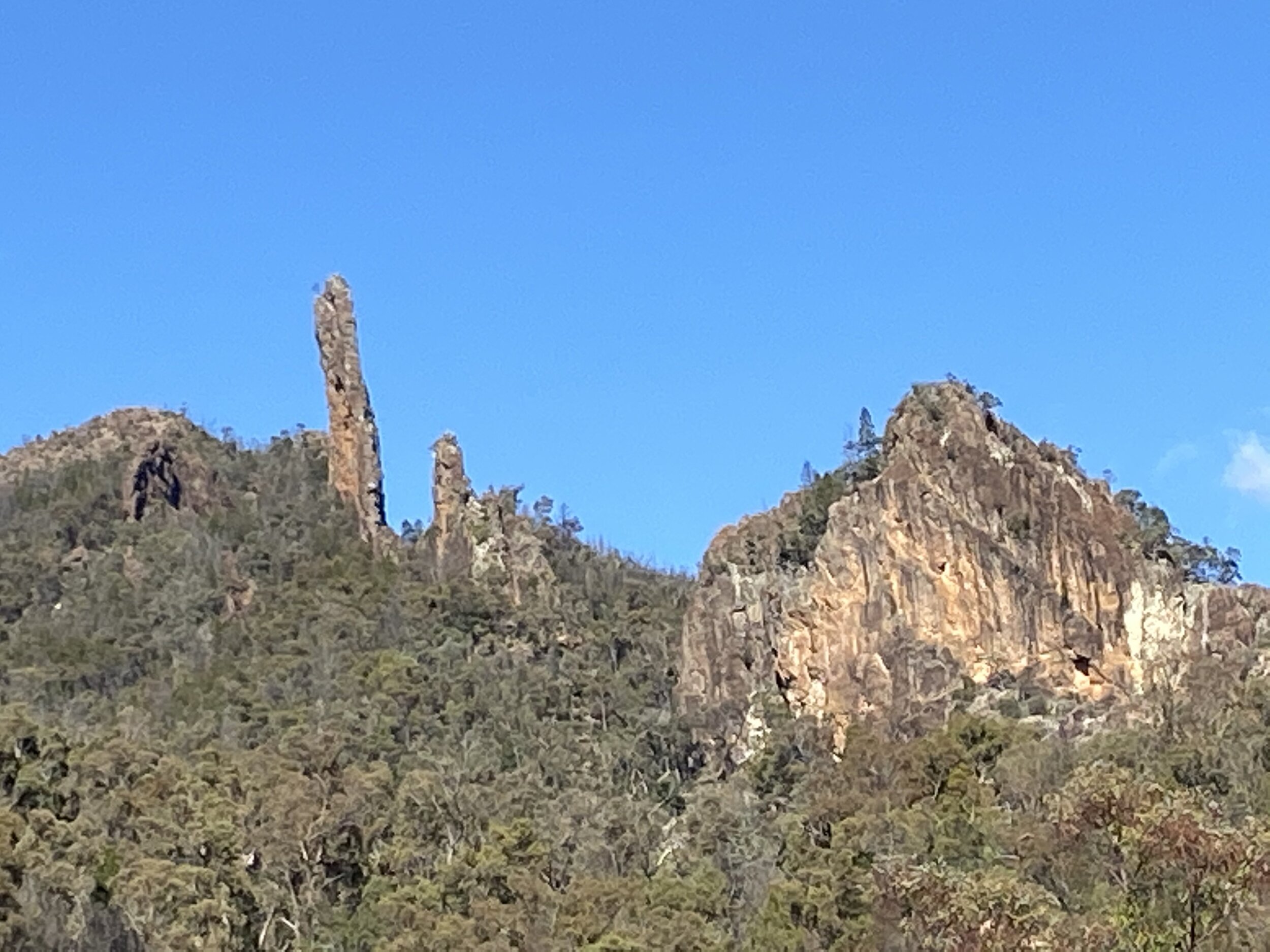
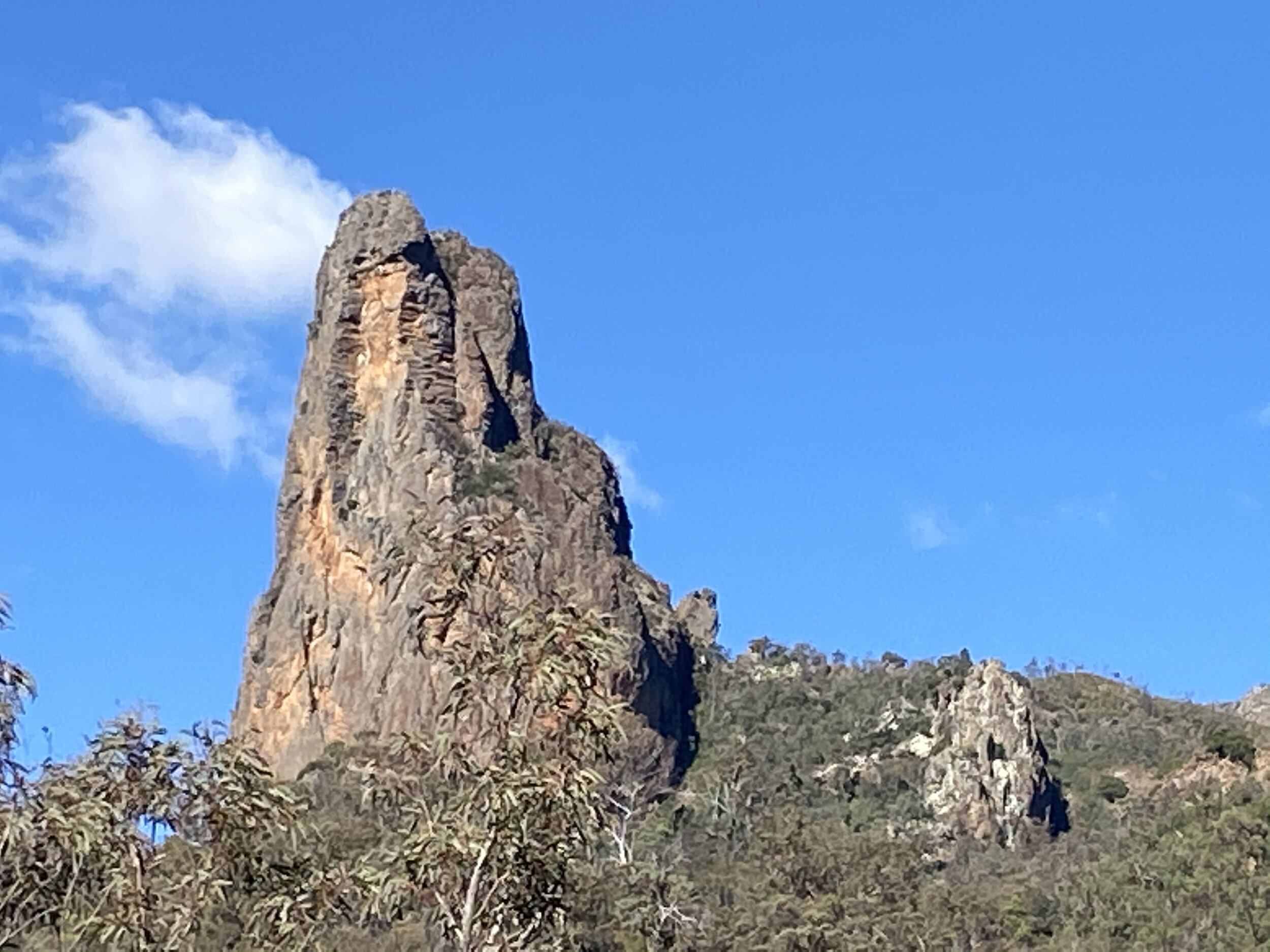
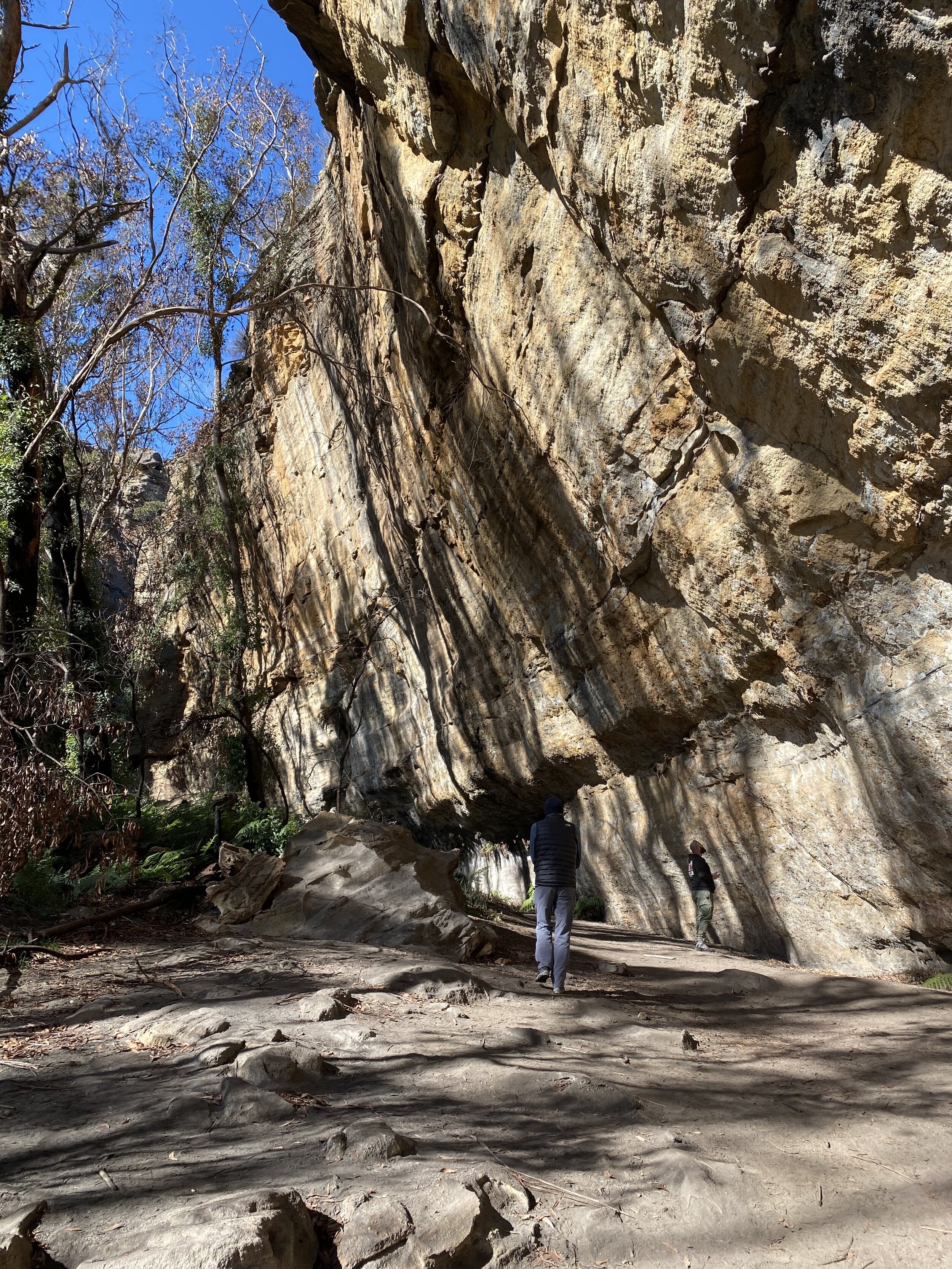
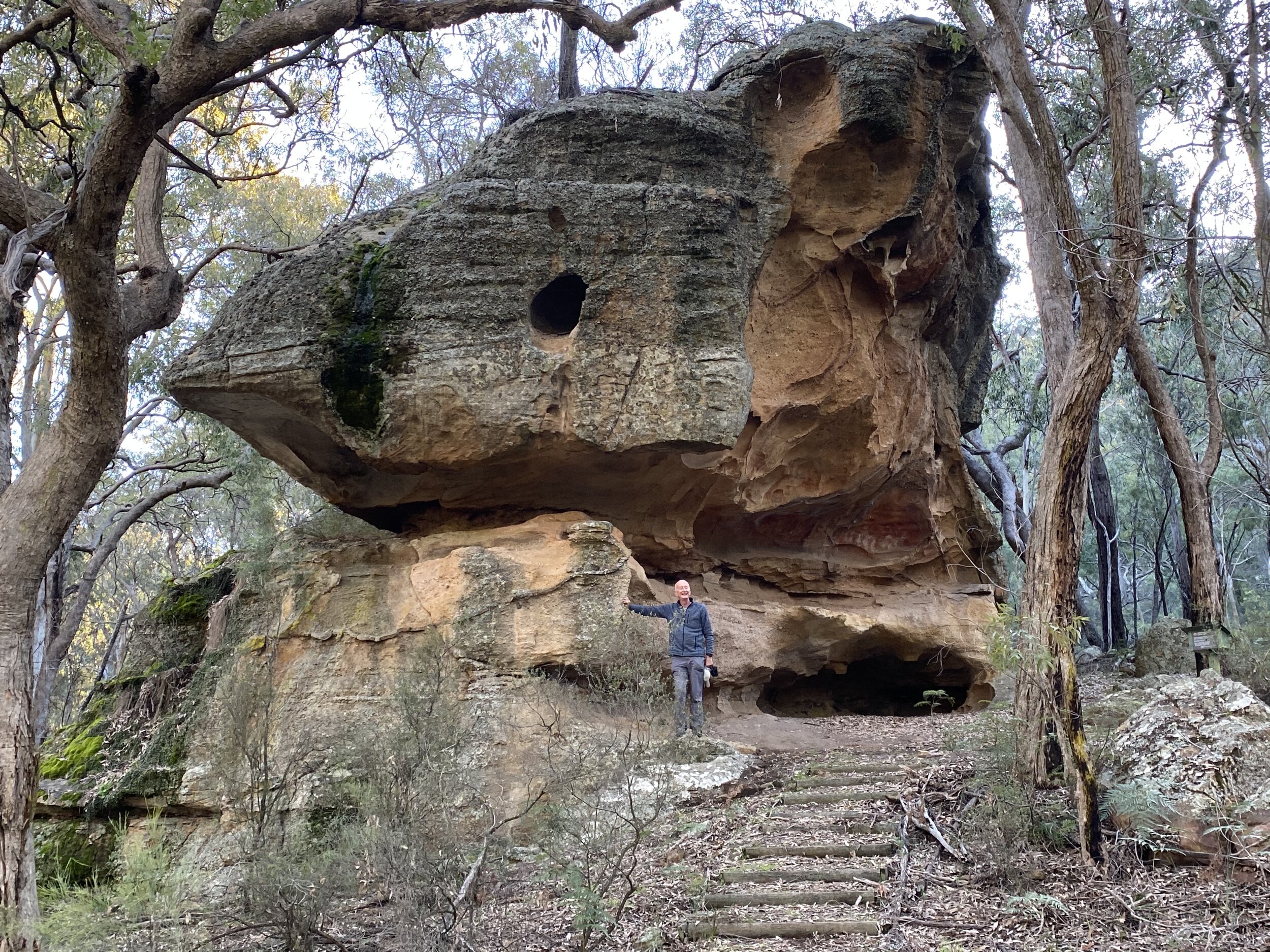
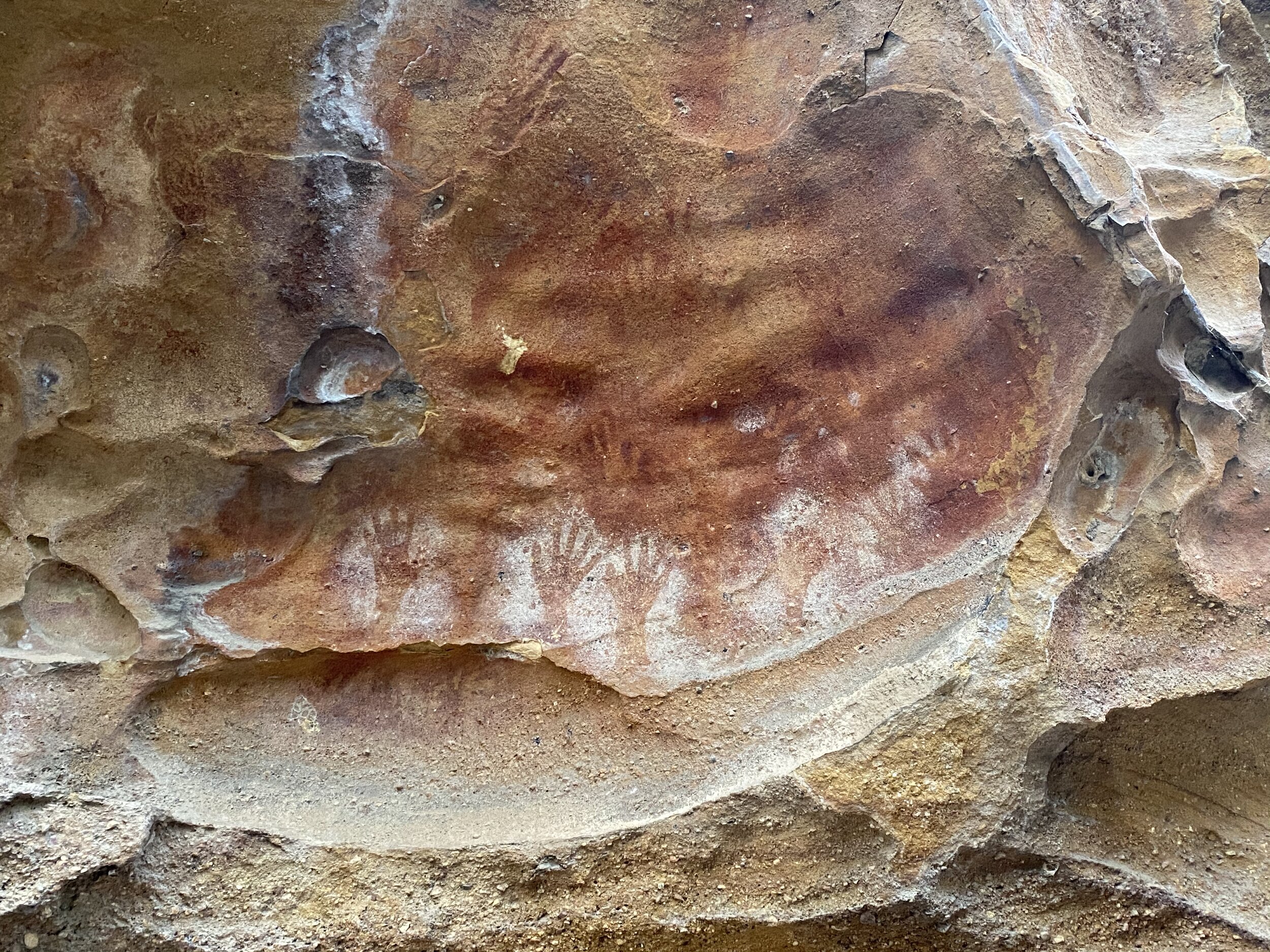
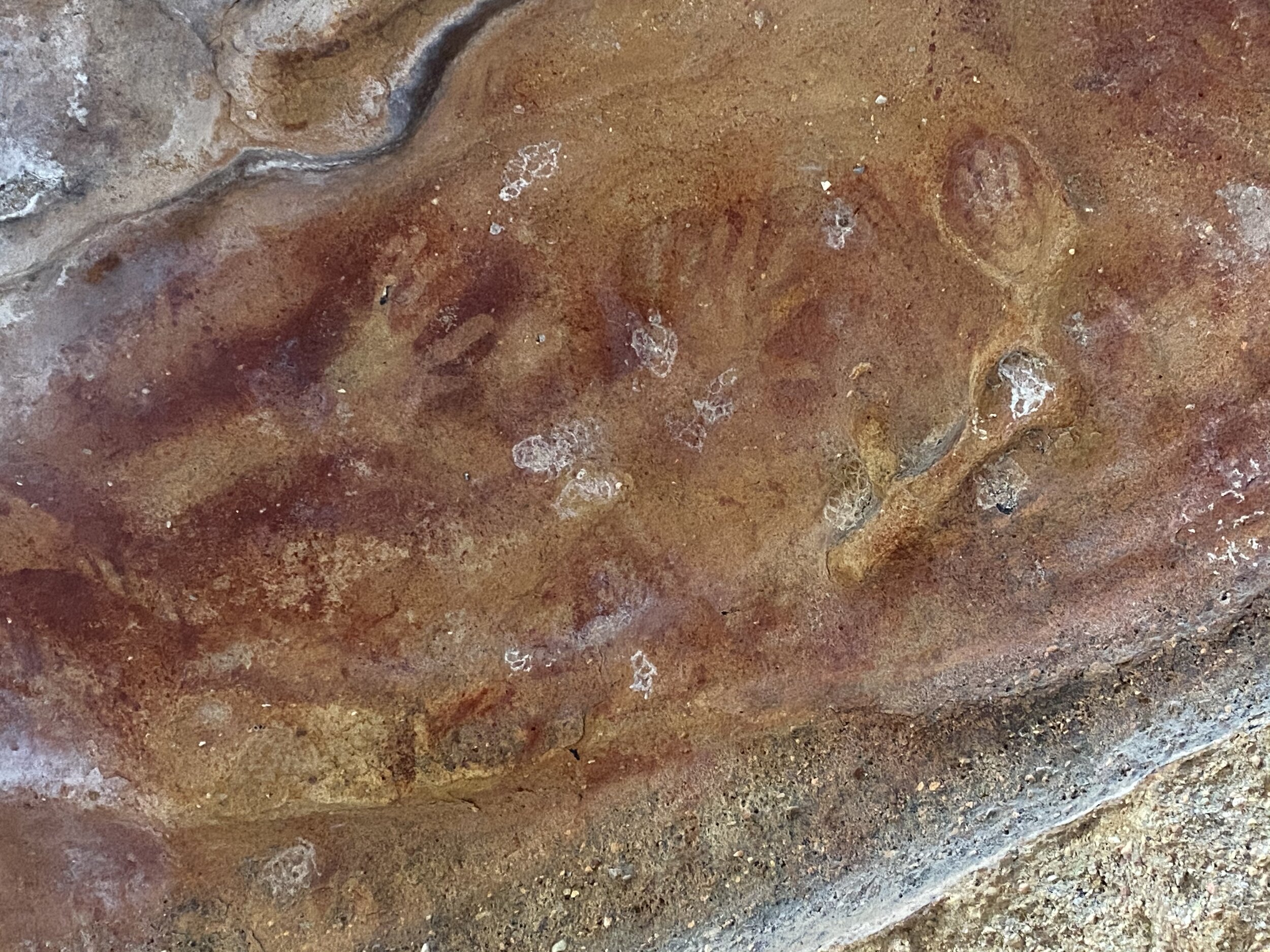
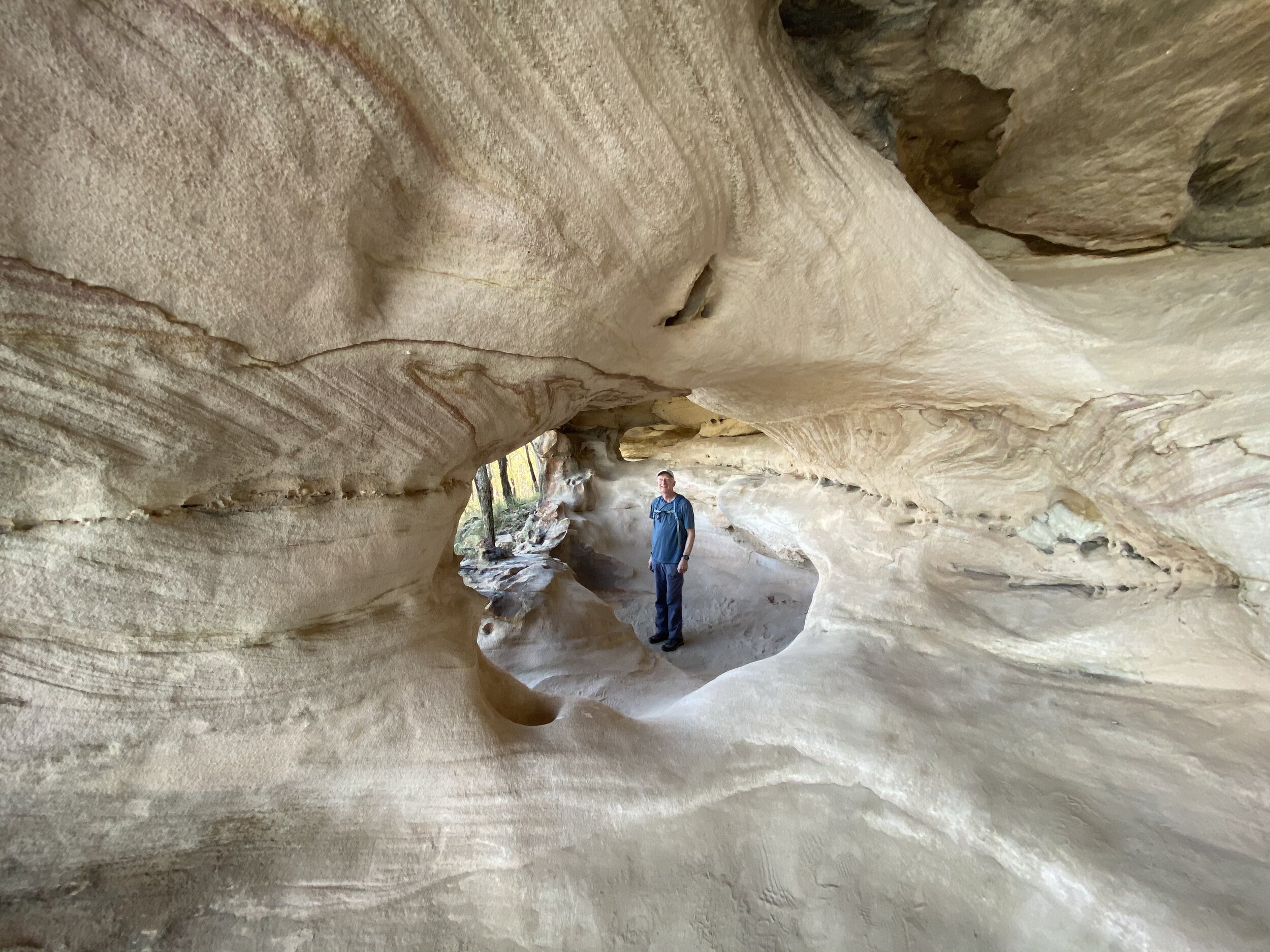
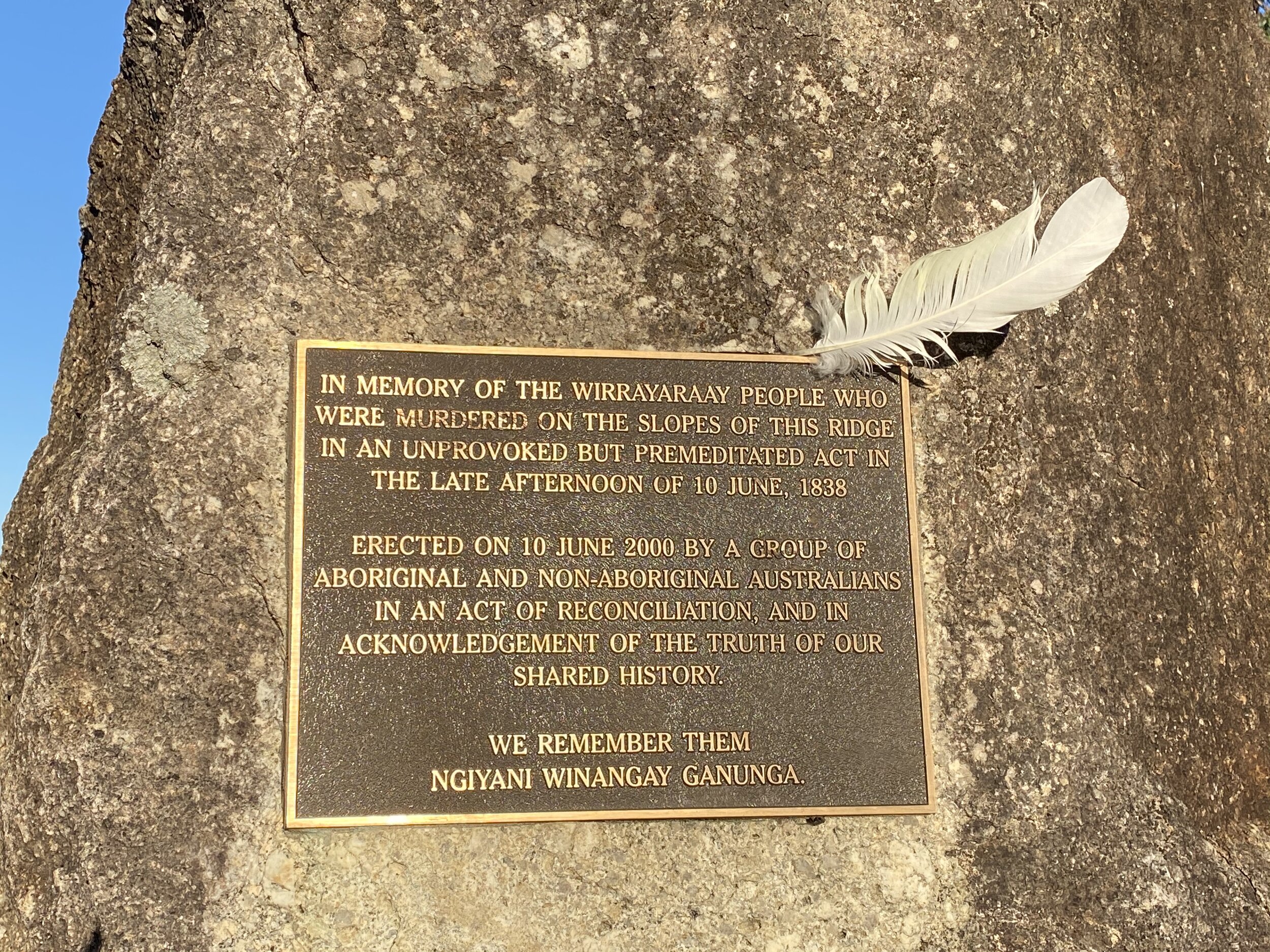
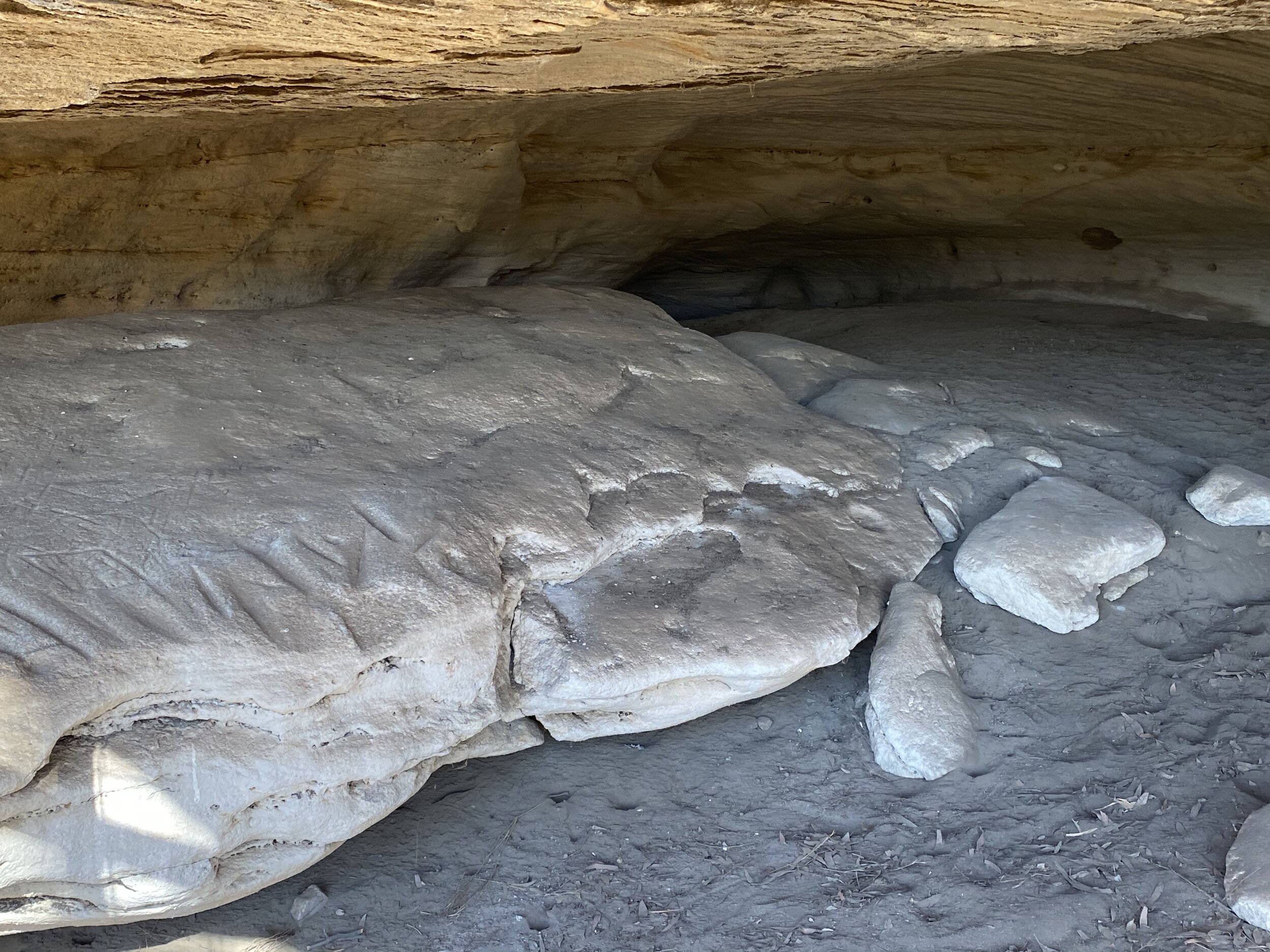
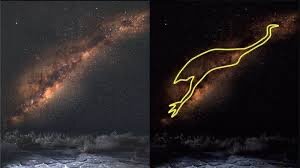
On a recent visit to central and northern NSW, it felt like travelling back through layers of time. We saw amazing ancient landforms - lands belonging to the Wiradjui and Gomeroi people, landscapes filled with dramatic volcanic scenery in the Warrumbungles and indigenous culture which until recently had been forgotten. In addition, we visited the ‘dark’ site of the Myall Creek Massacre and saw sweeping night skies including the magnificent Milky Way. Given these precarious Covid times, it was a privilege to savour the many geological delights of these backroads and Indigenous cultural sites.
The local Gomeroi term Warrumbungles, means ‘crooked mountains’ a perfect term to describe these unusual eroded landforms of domes, plugs and dykes.
The origin of the Warrumbungles is all about hotspots and moving land masses! These fascinating landforms are the remnants of a large heavily eroded shield volcano which was active from 13 to 17 million years ago. As the Australian continent started to move northwards about 40-50 million years ago, it moved over a hot spot, a thinner part of the earth’s crust where the hot inner mantel is closer to the surface. At about 35 million years ago, the hot spot was under the northern point of Queensland forming the Atherton Tablelands. About 18 million years ago the hotspot was underneath the Warrumbungles which led to the lava pushing upwards forming volcanoes and the resulting dramatic scenery. Australia has continued to move northwards all the way down the Great Dividing Range going over the hotspot. Currently the hot spot is sitting under Bass Strait! Deep time indeed!
The ancient volcanic lava that poured out and solidified is much harder than the surrounding softer sandstone rock, so over the years the eroded stone has left incredible volcanic structures.
A favourite rock formation to visit in the Warrumbungles is the Breadknife, an iconic walk with amazing views. Sadly we only managed about two thirds of this walk around the volcanic dyke. Knees rather than fitness limited us but we still had excellent views of this unusual landform. In some places the Breadknife is only 4 m wide albeit 90 m high.
Still in deep time but a younger time…
It was fascinating to see evidence of Aboriginal culture dating back thousands of years displayed in caves and rock overhangs. Tara Cave, in the Warrumbungles, was used for the manufacture of stone artifacts and grinding grooved stones. It is now protected by a mesh enclosure to prevent vandalism.
At Maiyingu Marragu (Blackfellows Hands Cave) near Mudgee, there was a wonderful natural rock art gallery with a magnificent rock cliff overhang. A natural meeting place for the local Aboriginal clans of the area, the overhang features a number of hands painted onto the cave. Other places with hand stencils included Hands on the Rock, also near Mudgee. However, the best example of rock art with hand stencils was at Babyfeet Cave near Rylestone. Fantastic! How old is the art is anyone’s guess?
Pillaga Sandstone Caves
Moving north we saw the unique Sandstone Caves in the Pillaga Nature Reserve managed jointly by the National Parks and an Aboriginal Co-management committee. There was a warm welcome in Gomeroi language on the Information Board where local Indigenous people told us their strong connection to Country.
These unusual landforms are a series of cathedral type caves and overhangs situated around a large sandstone outcrop, formed over many thousands of years through the weathering of the fragile rock. It boasted fabulously rich colours and shapes. It’s almost hidden – the rock outcrops seem to appear out of nowhere on turning a corner. Again, there were links to traditional times: grinding grooves, rock art and a ceremonial spot.
Dark time
Visiting the Myall Creek Massacre Site was incredibly sobering. Dark time. Listening to the impressive Sound Trails App we learnt about the massacre AND reconciliation – how ‘the path to the future passes through the past.’ In 1838 this infamous massacre took place at Myall Creek Station: 28 Aboriginal men women and children were massacred (by sword). The ensuing court case marked the first time in Australian history that white men were brought to justice for crimes against Aboriginal people. Seven men were hanged – two were never tried.
In 2000, the Myall Creek Massacre Reconciliation Memorial Site opened and ‘hundreds witnessed a descendant of the massacred embrace a descendant of the perpetrators, watched by a descendant of those who had brought them to justice.’ [Sound Trails App quote]. An annual Friends of Myall Creek Memorial service is held every June long weekend at the memorial site, co-founded by Aboriginal and non-aboriginal people who work together in an act of reconciliation. The project won the 2005 Judith Wright Prize for innovative reconciliation work – richly deserved.
Night time
On a pristine dark night we visited Milroy Observatory, close to Coonabarabran. Donna the Astronomer (who was fabulous) helped us discover the wonders of the southern night sky. Seeing Jupiter and Saturn (and its rings) through a telescope were pretty fantastic but, for me, the true highlight was seeing the Emu in the Sky spread across the magical Milky Way. I had always wanted to see it but so often the night sky had been too light or hazy. This time it was a bright, clear star-studded night with the obvious black voids there in their full glory. I was reminded how Indigenous people used it as a calendar for harvesting food sources. Check out the YouTube offering on Australian Indigenous Astronomy with Krystal de Napoli for more and as well as her clear teachings on Songlines.
As we returned home there was a call out for ‘essential travel only in NSW.’ How lucky that we had managed a short zoom through time long past and often forgotten – sometimes learning inconvenient truths but also able to walk with the wind and linger in time present.